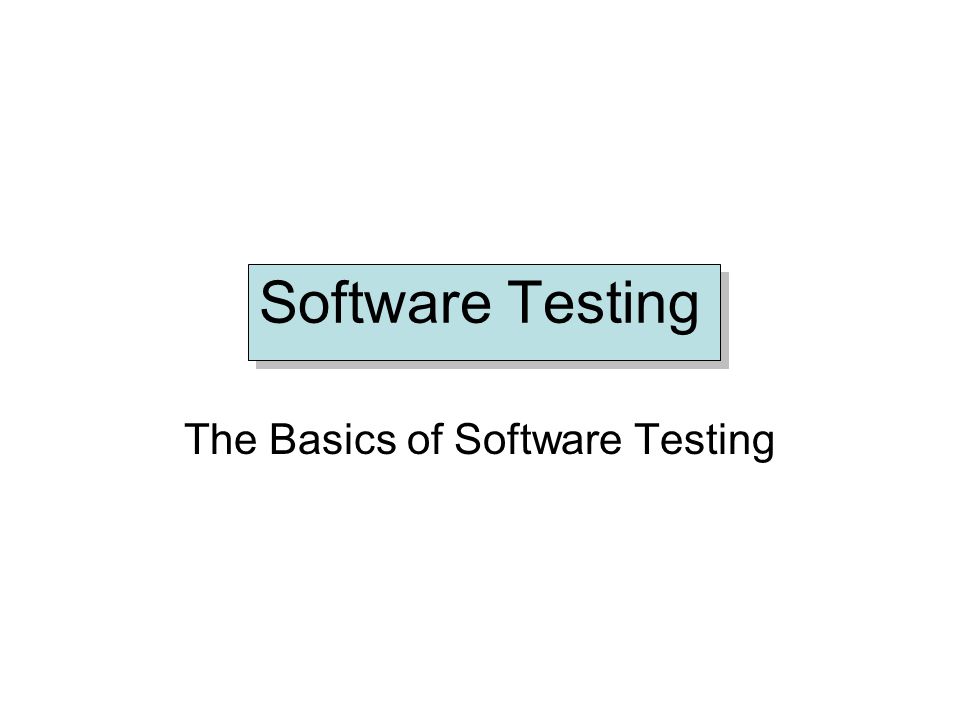Basics of software testing

Software testing refers to the process of verifying and validating to ensure that software is bug-free. Moreover, it ensures the software meets the technical requirements effectively and efficiently. It mainly aims at accessing the specification, functionality, and performance of a software program.
Software Testing Steps
Verification: it refers to the set of tasks to ensure software correctly implements a specific function.
Validation: it refers to a different set of tasks to ensure the existing software is trackable to customer requirements.
Software Testing Types
Software Testing majorly falls under two categories i.e. manual testing and software testing.
1. Manual Testing: Firstly, manual testing involves testing software manually. In other words, it does not use any automated tool or any script. In this type, the tester takes over the role of an end-user and tests the software to identify any fault. Various stages of manual testing include unit testing, integration testing, system testing, and user acceptance testing.
Further, testers use test plans, test cases, or test scenarios to test software and thereby, ensuring the completeness of testing. Manual testing also includes exploratory testing, wherein testers explore the software to identify errors in it.
2.Automation Testing: Secondly, automation testing also known as Test Automation occurs when the tester writes scripts and uses another software to test the product. This process includes the automation of a manual process. Automation Testing re-runs the test scenarios that were performed manually, quickly, and repeatedly.
Apart from regression testing, automation testing also tests the application from load, performance, and stress point of view. Further, it also increases test coverage improves accuracy and saves time and money in comparison to manual testing.
Get certified and unlock more opportunities. Practice and Validate your skills to become a Certified Manual Tester Now

